Our Sectors
Manufacturing
- Quality Control
- Monitoring Production
- Datalake Design
- Automatic Alerting
- Data Streaming
Fundraising
- Donor Clustering
- Campaign Monitoring
- Database Optimisation
- Custom Analysis
Pharmaceutical
- Quality Assurance (QA)
- Process Optimization
- Quality by Design (QbD)
- Product Quality Preview (PQR)
- Formulation Design
Why work with us?
Customer focus
Customer focus is the unwavering commitment to understanding, meeting, and exceeding the needs and expectations of customers, placing their satisfaction at the forefront of business priorities.
Experience
The decade-long experience represents the solid foundation upon which we build our expertise, customer trust, and ongoing innovation, affirming our commitment to delivering high-quality services over the years.
Technology
We consistently embrace cutting-edge technologies to ensure innovative solutions and state-of-the-art performance, providing our customers with an experience marked by modernity and technological excellence.
Our working process
The working process of Kiwi involves several key steps to extract valuable insights from data. Here’s a detailed breakdown of the typical workflow
Understanding Client Objectives
- Understand and define the client’s objectives, challenges, and specific questions they want to address with data science.
- Clarify project goals, scope, and success criteria through collaboration with stakeholders.
Data Preparation and Exploration
- Identify and gather relevant data sources, both internal and external.
- Clean and preprocess the data to address issues like missing values, outliers, and inconsistencies.
- Conduct exploratory data analysis to gain initial insights and understand data patterns.
Model Development and Training
- Select appropriate machine learning algorithms based on the nature of the problem.
- Split the dataset into training and testing sets.
- Train and fine-tune the model using the training data to achieve optimal performance.
Validation and Deployment
- Validate the model using a separate testing dataset to ensure its generalization to new, unseen data.
- Implement the model into the client’s systems, ensuring seamless integration.
- Deploy the solution into production, making it accessible for regular use.
Monitoring, Iteration and Support
- Set up monitoring mechanisms to track the performance of deployed models over time.
- Gather feedback from users and stakeholders to identify areas for improvement.
- Iteratively update models and processes based on feedback and changing business requirements, maintaining a continuous improvement cycle.



